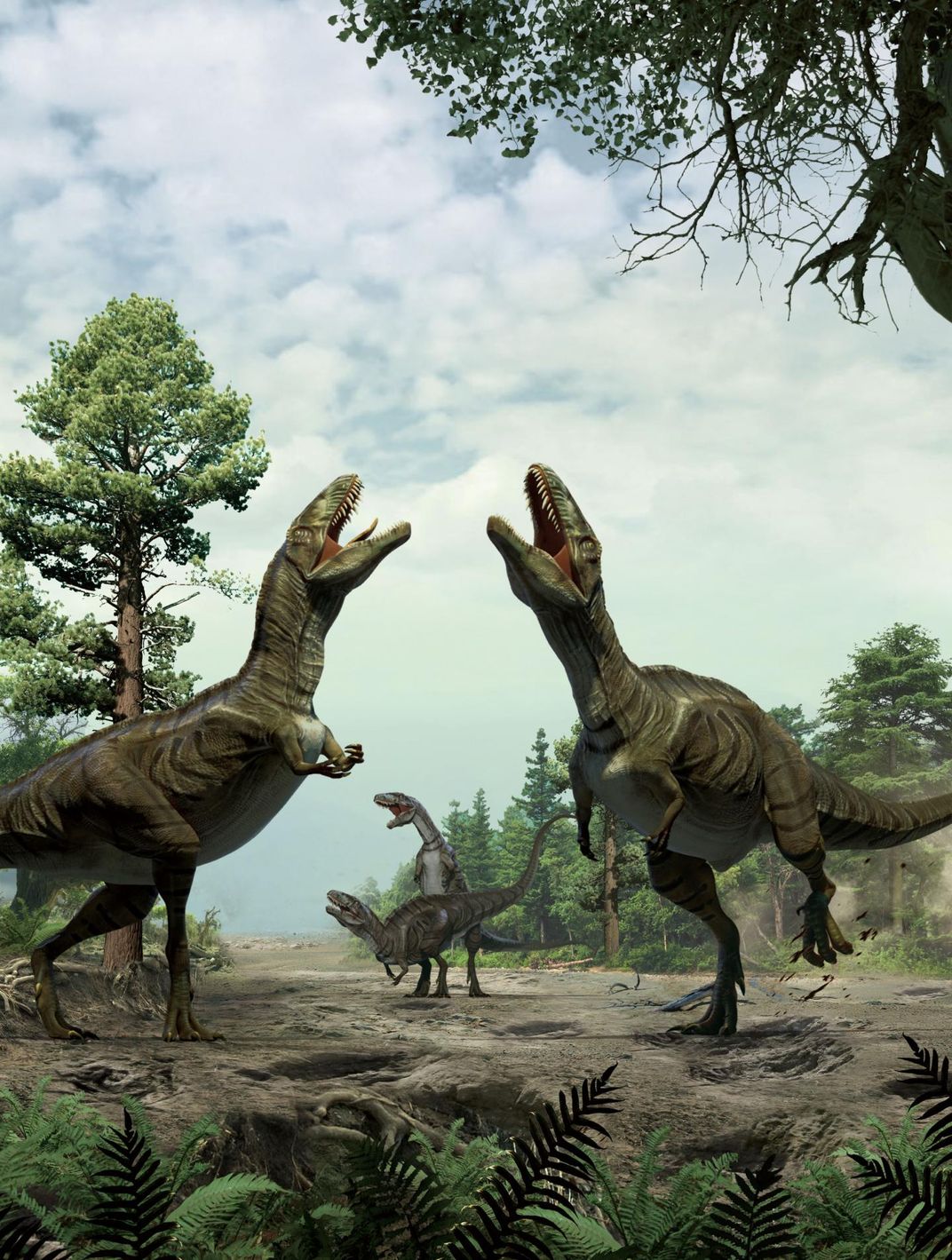Dinosaurs May Have Dug Trenches to Woo Mates
Ancient grooves discovered in Colorado suggest dinos had bird-like mating rituals
/https://tf-cmsv2-smithsonianmag-media.s3.amazonaws.com/filer/b1/2d/b12d4fee-58ca-49de-a804-76cfa874c278/dinotracks.jpg)
Paleontologists have a pretty good idea how many dinosaurs might have looked, but it’s very rare to find fossils that indicate how they might have interacted. Now, a group of paleontologists working in Colorado may have finally discovered how some dinosaurs got their groove on—literally.
Experts have long suspected that dinosaurs may have had elaborate mating rituals similar to some birds, judging by fossil evidence of crests and colorful feathers, Jennifer Viegas writes for Discovery News. However, paleontologists have now uncovered about 50 grooves dug into four different sites in Colorado that could be left over from two-legged carnivorous dinosaurs dancing as they tried to attract a mate.
"These are the first sites with evidence of dinosaur mating display rituals ever discovered, and the first physical evidence of courtship behavior," University of Colorado paleontologist Martin Lockley said in a statement. "These huge scrape displays fill in a missing gap in our understanding of dinosaur behavior."
The 100-million-year-old grooves were all found in areas that show plenty of signs of dinosaur traffic in the past and are similar to scrapes made by some species of birds, such as Atlantic puffins, ostriches and plovers, during mating displays. During these rituals, male birds often scratch and kick at the dirt to show how good they might be at nest-building, Rachel Feltman writes for the Washington Post. According to the researchers, the trenches are too uneven and irregular to be nests and likely aren’t leftovers from dinos who may have been digging for water, which would have washed away the evidence.
The grooves “do not seem connected to nest building, burrowmaking, or finding food and water,” Emory University paleontologist Anthony Martin, who was not involved in the study, tells Michael Balter for Science Magazine. “So wooing traces are a good explanation, especially when compared to modern bird traces. They also tell us how much energy dinosaurs put into wooing a potential mate, which they apparently did by feeling the earth move under their feet.”
However, some scientists are staying skeptical for now.
“Up until now there’s been no physical evidence of any kind for dinosaur courtship behaviour,” Paul Barrett, a researcher at the Natural History Museum in London, tells Katharine Sharpe for the New Scientist.
Though some may think the fossilize gouges may be a promising pointer towards how dinosaurs interacted, others believe it’s possible there may be another conclusion the researchers missed. Scientists need a bit more evidence to more firmly answer the question of whether dinosaurs really danced.
